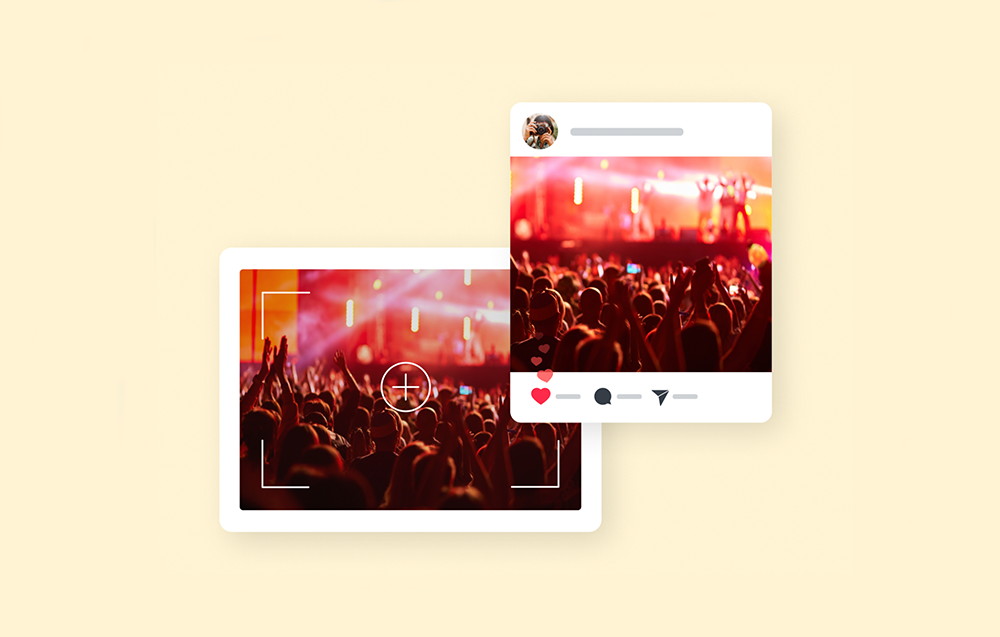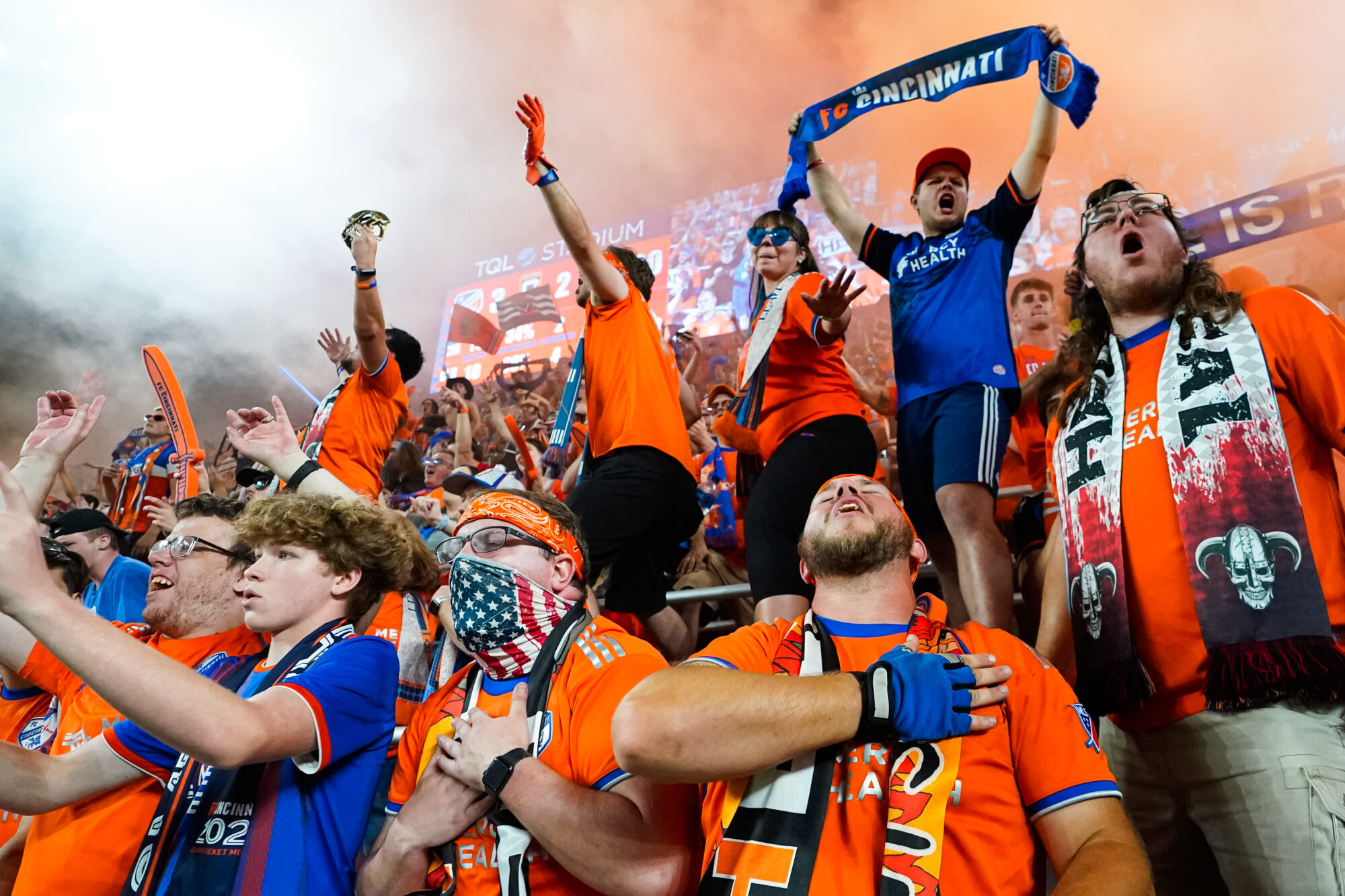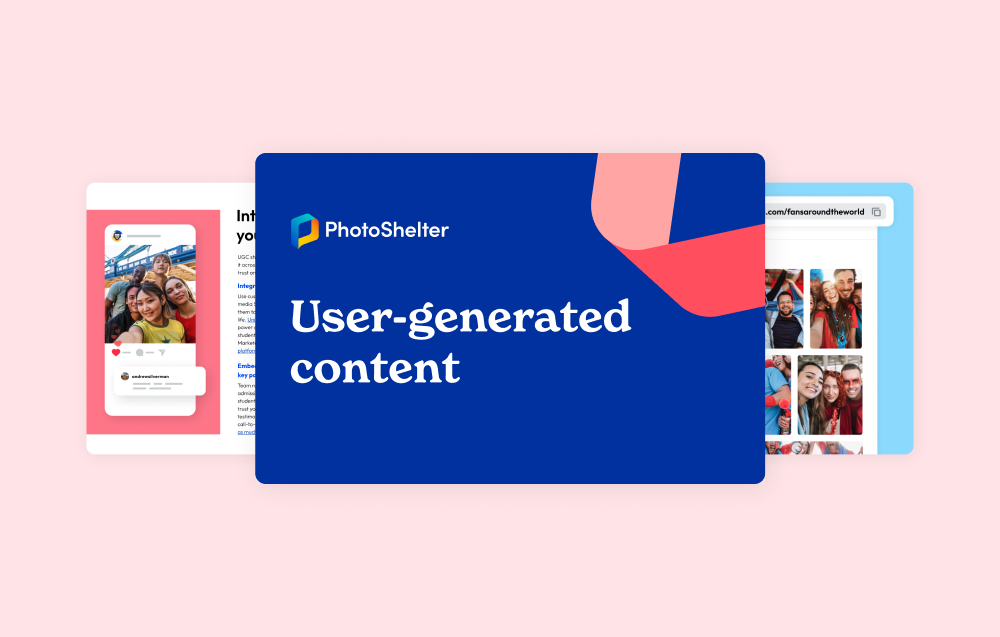Share
Going Real-Time
Learn how real-time content can be a powerful storytelling tool in your brand's content marketing strategy.

The competition for the attention of consumers is fierce. You’re not only up against other brands, but influencers, personal connections, news and entertainment outlets, and more. Every day, brands are racing just to keep up.
Enter the era of real-time content: A strategic way for brands to quickly captivate audiences and keep them hooked. Whether it’s breaking news, a live event, or an unforgettable experience, sharing content as it happens allows you to be part of the conversation. It also makes you, as a brand, more relatable and authentic, creating a genuine bond with your audience.
But real-time content isn’t just about speed, it’s about capitalizing on key moments at exactly the right time.
The Future of Content is Real-Time
Real-time content helps brands stay competitive and relevant to meet the evolving expectations of digital audiences while leveraging the power of immediacy to drive engagement, satisfaction, and conversions.
Increased Engagement
Facebook is the platform of choice for 76% of broadcasters who livestream their events. What have they observed? Live Facebook videos receive 6x the number of interactions vs conventional videos.
Why? Audiences want to be a part of the conversation as it’s happening.
Enhanced Customer Experience
64% of consumers expect companies to respond and interact with them in real time.
Why? Real-time responses and content show that brands are attentive and engaged with their audience, leading to higher customer satisfaction.
Increased Conversions
A study, which surveyed 244 marketers from enterprise-level companies that see $10 million to over $1 billion in annual revenue, found interactive content generates 2x more conversions than passive content.
Why? Immediate content creates a sense of urgency and relevance, prompting quicker decision-making and actions from consumers.
Does Real-Time Have to Really Be Real-Time?
Real-time storytelling isn’t just about live broadcasts. We define it as using real-time elements to tell a story, even if the content is consumed later. Instagram Stories, for example, offer an authentic, unfiltered feel compared to fully produced videos.
Real-time coverage, like photos and videos, enhances storytelling and has been boosted by technology (e.g., WiFi-enabled cameras, TikTok Live, Instagram Stories). Telling a story from multiple angles broadens the audience and creates different engagement points with minimal extra effort.
How to Identify Your Real-Time Goals
Before jumping into real-time content, decide why your brand needs real-time content in the first place. Some common real-time goals include:
- Controlling the narrative of breaking news: You don’t want to rely on other outlets to tell your story.
- Engaging new audiences: Younger, visually-oriented, mobile users can be engaged through live streams, like games.
- Creating urgency with scarcity marketing: Real-time hosts can build urgency, similar to shopping channels. Brands use this strategy for limited edition product drops and other activities like fundraising and sales.
Not sure when to use real-time or evergreen content? Read this.
Real Examples of Real-Time Content

FC Cincinnati
From the first moments as a club, to their latest moments on the field, FC Cincinnati is now able to share them all with fans – faster and easier than ever before with PhotoShelter.
Challenges with real-time content sharing. Lacking the features for real-time content sharing, Joseph Guzy, Manager of Photography and Cortney Lesovoy, Coordinator of Digital Asset Management, struggled to distribute key game moments to fans. Their previous system’s delays often meant that dynamic content was shared too late to capture peak fan engagement, undermining the effectiveness of their media efforts.
Real-time uploads & improved collaboration. PhotoShelter’s centralized digital asset management solution and the FileFlow app significantly improved workflow. Cortney explained, “Workspaces make it super easy for me to collect a bunch of photos for when I need to show people options. We recently had a real estate project… they had to get approved by our real estate developer, our CEO, and a lot of other stakeholders. And I get to solidify the decision with a folder that I can send to multiple people.”
“The FTP function is a lifesaver on game days. Joe will text me and say, ‘Hey, I got this really cool goal celebration,’ or ‘Hey, I got this really cool tackle,” and he uploads it immediately, and I can immediately download it and send it out. The fact that I get to distribute these moments in real-time is a game changer. It’s not something a lot of teams can do.”
Cortney Lesovoy, Coordinator of Digital Asset Management, FC Cincinnati
Read FC Cincinnati’s full story here.
Ready to build your own real-time workflow? Download our free guide.


